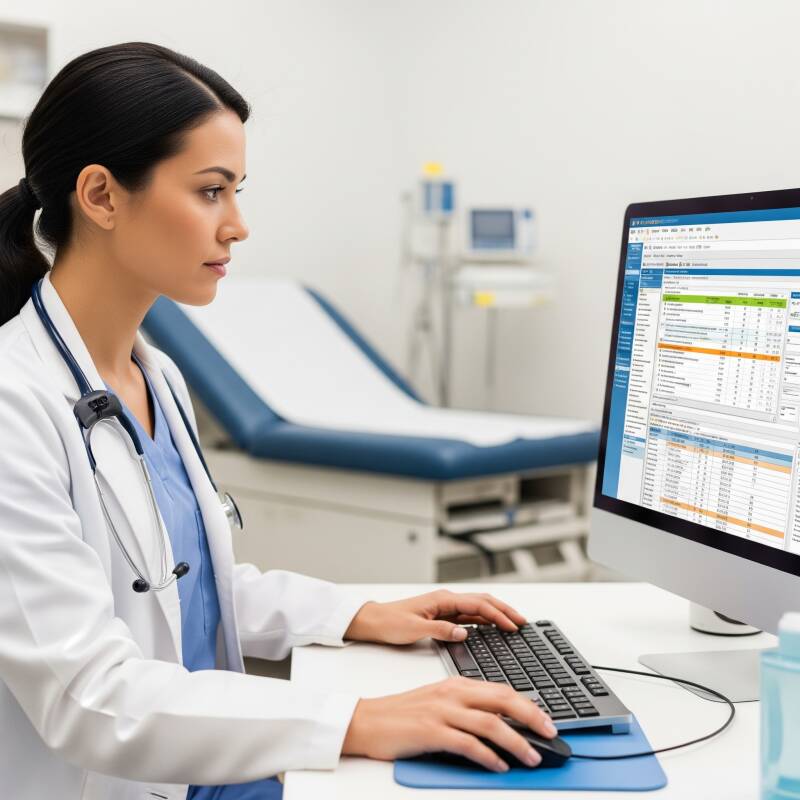
Electronic Medical Records (EMRs) are the digital backbone of modern healthcare. While they offer immense benefits in terms of patient safety, care coordination, and efficiency, they can also be a source of frustration for busy healthcare professionals. This guide is designed to provide you with practical, easy-to-implement tips to help you become an EMR expert on the hospital floor or in a medical outpatient clinic.
Tip 1: Master the Basics
Before you can become an expert, you need to have a solid foundation. Take the time to learn the basic functionalities of your EMR system. This includes:
-
Patient Chart Navigation: Understand how to quickly find patient demographics, medical history, allergies, medications, and lab results.
-
Order Entry: Be proficient in entering orders for medications, labs, and imaging studies.
-
Documentation: Learn how to write and sign notes, document vital signs, and complete assessments.
Most EMRs have built-in training modules or tutorials. Take advantage of these resources to get up to speed on the essentials.
Tip 2: Learn Your "Top 5"
Every healthcare professional has a set of tasks they perform most frequently. Identify your "Top 5" most common EMR actions and focus on mastering them. This could be anything from ordering a specific set of labs to writing a particular type of progress note. By becoming an expert in these high-frequency tasks, you'll save a significant amount of time and reduce your cognitive load.
Tip 3: Customize Your Workspace
Many EMRs allow for some degree of customization. Take the time to personalize your workspace to fit your workflow. This might include:
-
Creating custom templates: If you find yourself writing the same type of note over and over again, create a template to save time.
-
Setting up filters: Use filters to display only the information you need to see, reducing clutter and improving focus.
-
Organizing your dashboard: Arrange your dashboard to show the most important information at a glance.
A customized workspace can make a huge difference in your efficiency and satisfaction with the EMR.
Tip 4: Keyboard Shortcuts are Your Friend
Just like with any other software, keyboard shortcuts can be a game-changer for EMR efficiency. Take the time to learn the most common shortcuts for your EMR system. You might be surprised at how much time you can save by using the keyboard instead of the mouse.
Tip 5: Find a Super User
Every unit or clinic has at least one "super user" – someone who seems to know the EMR inside and out. Identify these individuals and don't be afraid to ask them for help or advice. They can often provide you with valuable tips and tricks that you won't find in the official training materials.
Tip 6: Don't Be Afraid to Ask for Help
Finally, remember that it's okay to ask for help. If you're struggling with a particular task or can't find the information you need, don't waste time trying to figure it out on your own. Ask a colleague, your unit's super user, or the IT department for assistance.
Conclusion
Becoming an EMR expert doesn't happen overnight. It takes time, practice, and a willingness to learn. By following the tips in this guide, you can improve your EMR proficiency, reduce your frustration, and ultimately provide better care to your patients.

